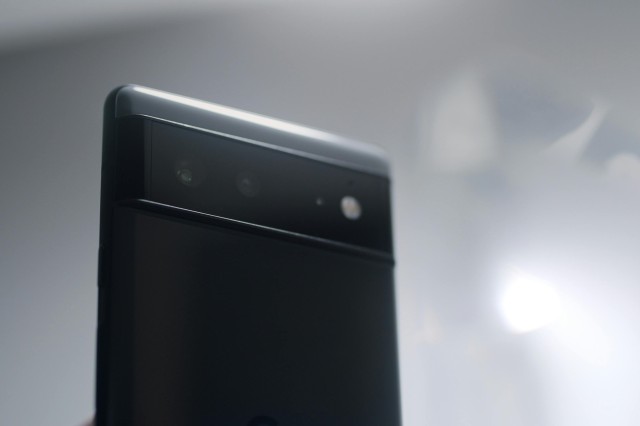
How do digital cameras support wireless photo sharing
In today's hyper-connected world, capturing the perfect moment is only half the battle – sharing it instantly with friends, family, and social networks has become equally important. Digital cameras have evolved far beyond their basic photography roots, transforming into powerful wireless sharing devices that keep us connected. Here are 10 incredible facts about how modern digital cameras enable seamless wireless photo sharing.
1. Built-in WiFi: The Game Changer
Modern digital cameras now feature built-in WiFi capabilities that would have seemed like science fiction just two decades ago. This technology allows cameras to connect directly to smartphones, tablets, and computers without any cables. Leading manufacturers like Canon, Nikon, Sony, and Fujifilm have integrated WiFi into their mid-to-high-end models, making wireless sharing as simple as pressing a button.
2. Bluetooth Low Energy: The Battery-Saving Companion
While WiFi handles the heavy lifting of photo transfers, many cameras now include Bluetooth Low Energy (BLE) technology. This clever feature maintains a constant connection with your smartphone while consuming minimal battery power. When you take a photo, it automatically syncs to your phone via Bluetooth, ready for instant sharing on social media platforms.
3. NFC Tap-to-Transfer: Instant Connectivity
Near Field Communication (NFC) technology in digital cameras enables lightning-fast pairing with compatible smartphones. Simply tap your camera against your NFC-enabled phone, and they instantly connect. This eliminates the tedious process of searching for networks and entering passwords, making wireless sharing incredibly user-friendly for photographers of all skill levels.
4. Cloud Integration: Photos That Follow You Everywhere
Advanced digital cameras can upload photos directly to cloud storage services like Google Photos, Dropbox, and iCloud. This means your images are automatically backed up and accessible from any device, anywhere in the world. Some cameras even support real-time cloud uploading, so your photos appear online moments after capture.
5. Remote Control Photography: The Ultimate Party Trick
Wireless technology transforms your digital camera into a remote-controlled device. Using smartphone apps, you can control your camera from up to 100 feet away, making it perfect for group selfies, wildlife photography, or capturing yourself in scenic locations. The camera essentially becomes a smart device that responds to your smartphone's commands.
6. GPS Tagging: Location-Based Sharing Magic
Many digital cameras now include built-in GPS receivers that automatically tag your photos with precise location data. This geographic information enhances your sharing experience by allowing social media platforms to display where each photo was taken. It's like having a digital travel log embedded in every image you capture.
7. Smartphone App Ecosystems: Camera-Specific Social Platforms
Major camera manufacturers have developed sophisticated mobile apps that serve as bridges between cameras and social networks. Canon's Camera Connect, Nikon's SnapBridge, and Sony's Imaging Edge mobile apps offer features beyond simple photo transfer – including remote shooting, image editing, and direct social media posting.
8. Multi-Device Network Creation: Your Camera as a WiFi Hotspot
Some advanced digital cameras can create their own WiFi networks, allowing multiple devices to connect simultaneously. This feature is particularly useful during events or group gatherings, where several people want to access photos from a single camera source without relying on existing WiFi infrastructure.
9. Real-Time Social Media Integration: Instant Sharing Made Simple
Modern cameras can integrate directly with social media platforms through dedicated apps and services. While you might not post directly from the camera itself, the seamless transfer process means photos can go from capture to social media in seconds, maintaining the spontaneity and immediacy that modern sharing culture demands.
10. Cross-Platform Compatibility: Breaking Down Technology Barriers
Today's wireless-enabled digital cameras aren't limited by operating systems or device manufacturers. Whether you're using iOS, Android, Windows, or macOS devices, wireless sharing protocols ensure compatibility across platforms. This universal connectivity has made digital cameras incredibly versatile tools for photographers who use multiple types of devices.
The Future of Wireless Photography
As 5G networks become more widespread and WiFi 6 technology improves data transfer speeds, digital cameras will become even more powerful wireless sharing tools. We're moving toward a future where the line between professional photography equipment and smart communication devices continues to blur.
Digital cameras today aren't just about capturing images – they're about capturing moments and sharing them instantly with the world. From built-in WiFi and Bluetooth connectivity to GPS tagging and cloud integration, modern cameras have transformed into sophisticated wireless sharing platforms that keep photographers more connected than ever before.
Whether you're a casual photographer who wants to quickly share vacation photos or a professional who needs seamless workflow integration, wireless technology in digital cameras has made instant photo sharing not just possible, but incredibly simple and reliable.
Keywords: digital camera wireless sharing, WiFi enabled cameras, Bluetooth camera sharing, NFC camera technology, cloud photo sharing, remote camera control, GPS camera tagging, camera smartphone integration, instant photo sharing, wireless photography technology



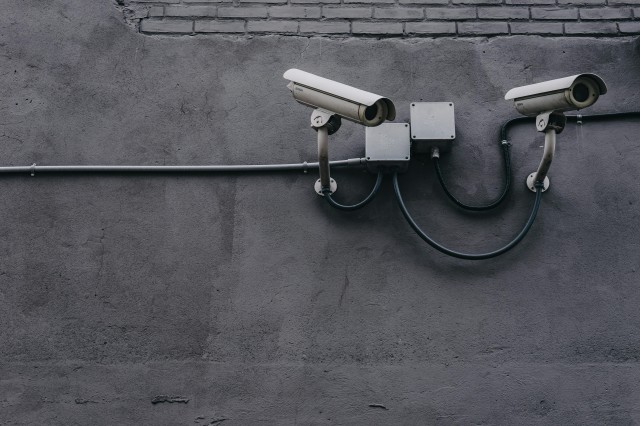
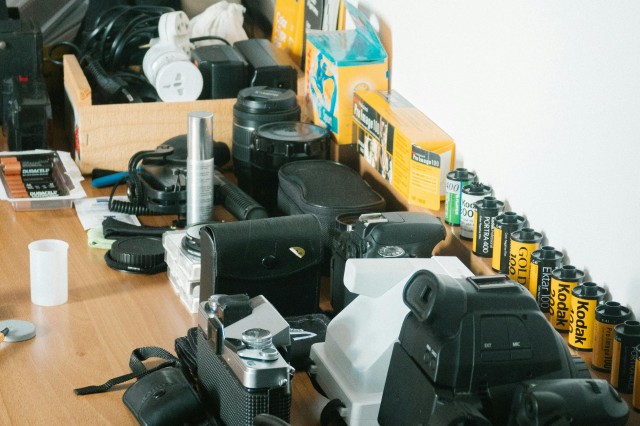

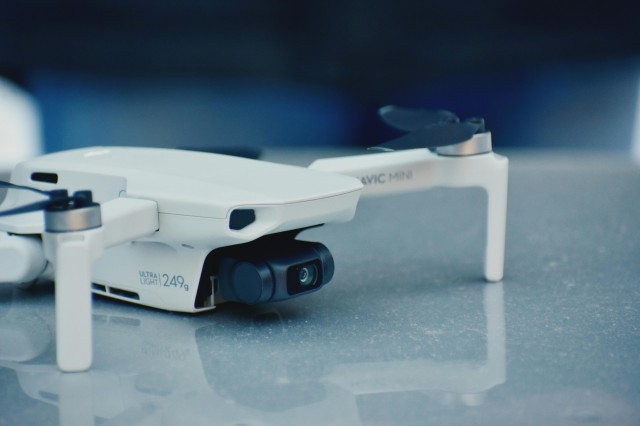

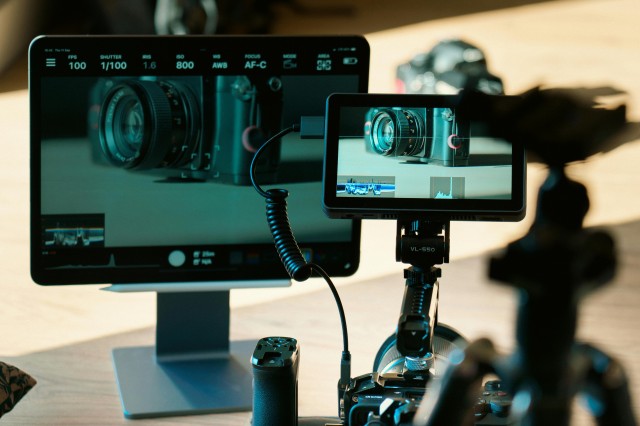







Post Comment